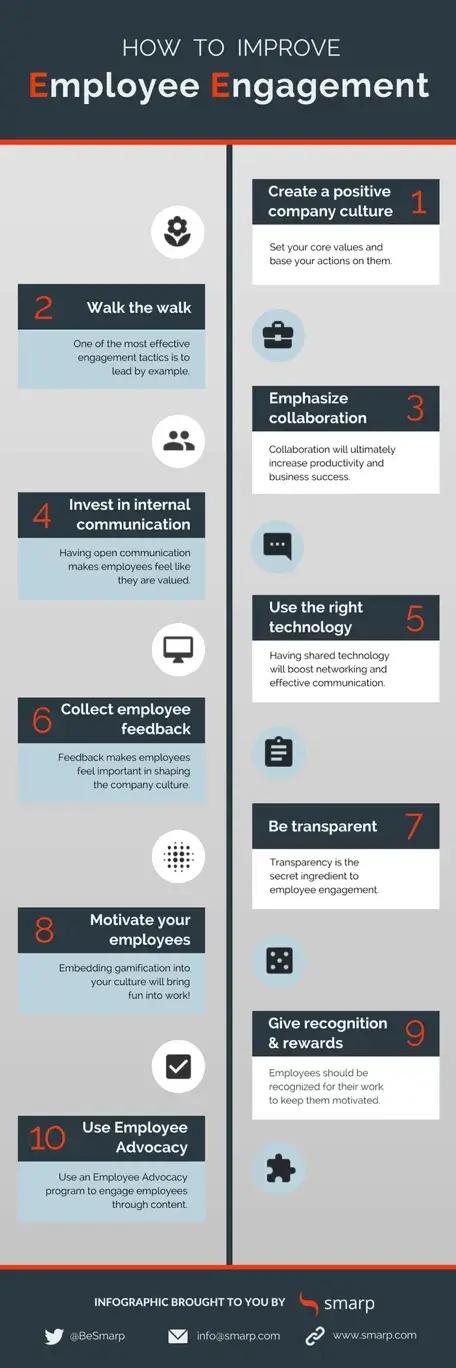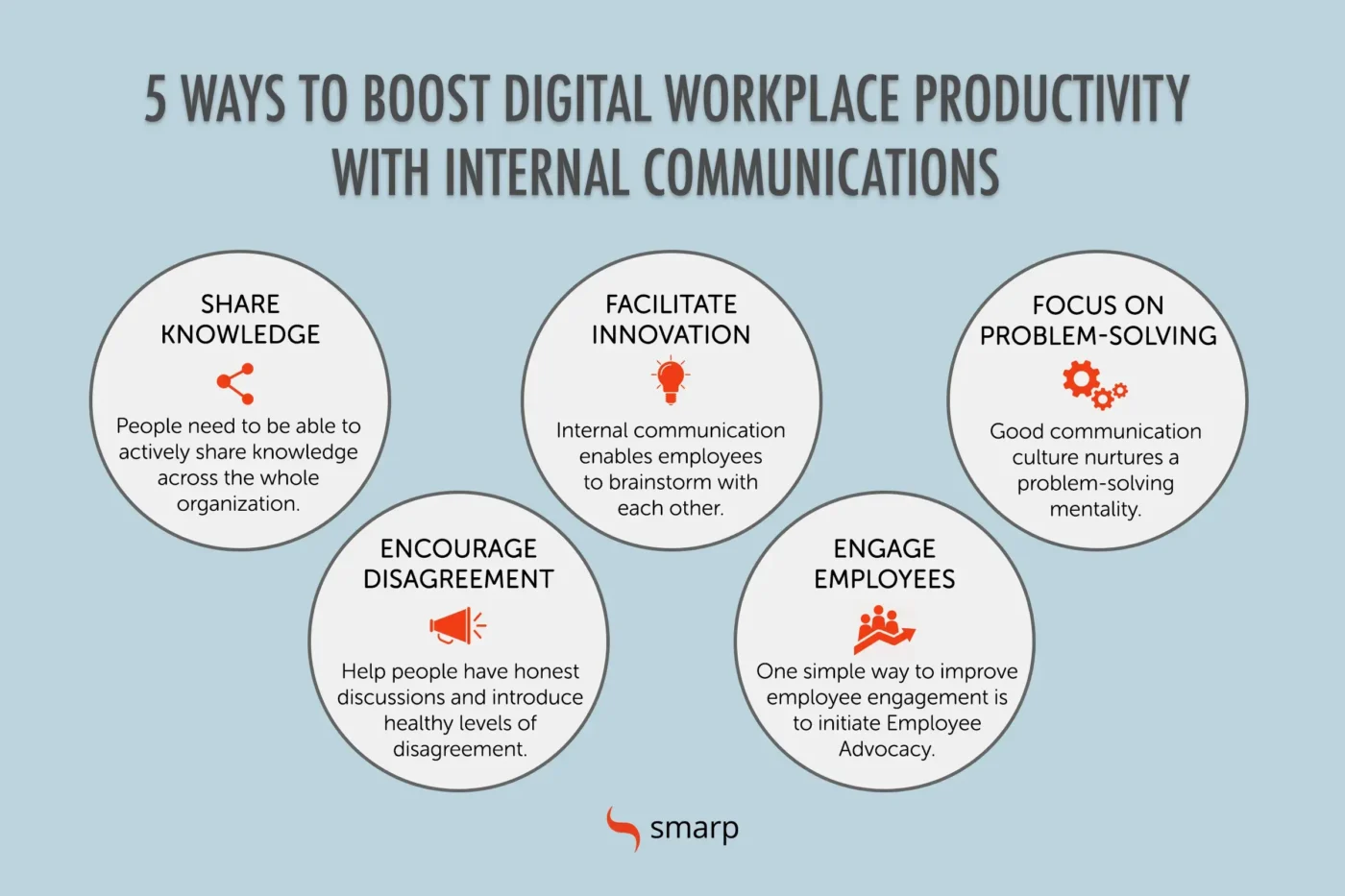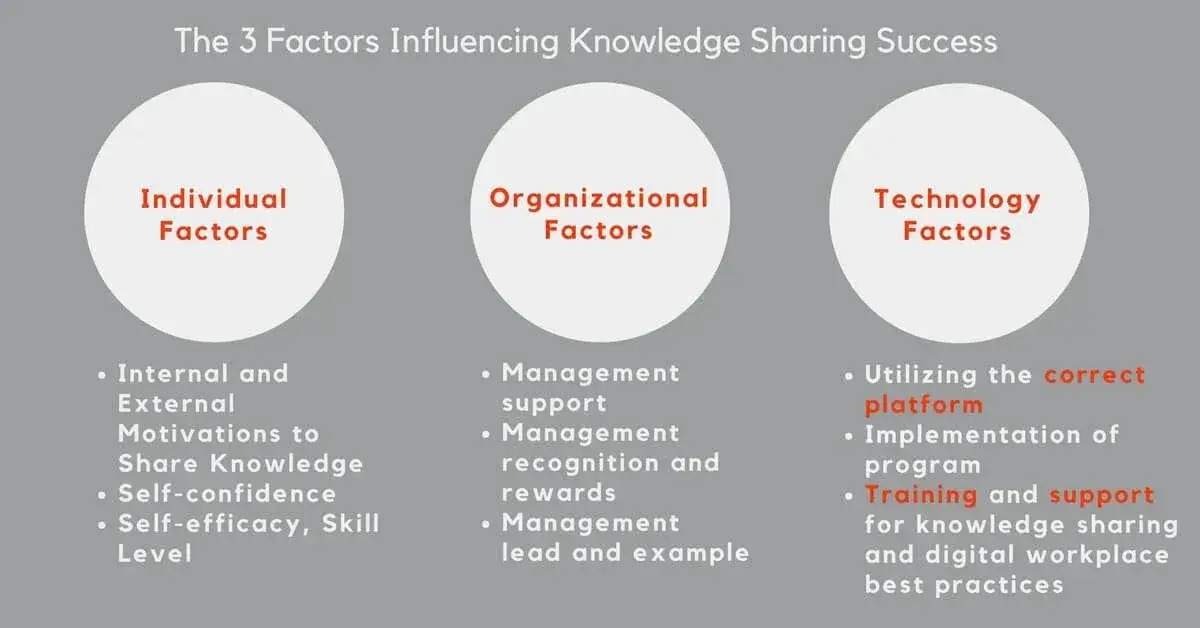When it comes to organizational knowledge, we are facing a concerning paradox: our employees are both burdened with a heavy information overload and struggling with growing knowledge silos.
Information overload leads to losses in work productivity as well as in lowered quality of work outcomes.
How can employers help their employees in navigating through the information overload, rise beyond it and become more enlightened, engaged, and productive in the workplace?
Organizational Knowledge: How to Manage the Information Overload?
Knowledge is at the same time both looming on top of our heads, waiting to hit us like a tideway and out of our reach, too difficult and time-consuming to find.
IDC data shows that a knowledge worker spends around two and a half hours – almost a third of their workday – simply searching for information.

We have access to more information than ever, yet employees are struggling to find the right information in the midst of the informational noise, as knowledge silos become harder and harder to break.
As long as knowledge stays in silos – be they vertical or inter-departmental, we are missing out on opportunities to educate and engage our employees and support them in being the best versions of themselves.
In other words, your internal communication has a tremendous impact on employee engagement as highlighted in the infographic bellow:

Employees must be able to find and share knowledge quickly, intuitively and collaboratively.
All companies should adopt the best practices of knowledge sharing to their communications strategies in order to help their employees coast through the tideway of information.
Related: 5 Ways Effective Internal Communication Can Boost Employee Productivity
By enabling knowledge sharing in a digital workplace with agile and modern technology, we can drown out the white noise and help employees navigate in the era of information directly to the road which leads them to success.
A Knowledge Sharing Culture Fosters Innovation and Productivity
A thriving knowledge sharing culture helps companies manage and curate information and thus protect employees from information overload.
Improved communications and knowledge sharing systems create real value for companies by accelerating learning processes, fostering innovation and creative processes and by increasing productivity.
Related: Knowledge Sharing — The Key to Employee Engagement
By adopting a knowledge sharing culture, companies are able to be smarter about time management.
As peer-to-peer knowledge becomes easier to find and share, the processes of employee onboarding and learning on the job become smoother.
Another benefit of adopting a knowledge sharing culture is the increase in innovation.
For example, we at Smarp encourage employees to share ideas and to manage projects together during brainstorming sessions and kick-off events:
Digital co-creation spaces encourage innovation interdepartmentally and intercontinentally, creating truly open spaces where knowledge silos have been broken down.
The flow of innovative processes also becomes more agile as the eternal re-invention of wheels stop, and employees are able to quickly learn from each other.
A third great benefit is a rise in employee productivity. As digital workplaces become more and more common, if a company is able to create a knowledge sharing culture in their digital workplace, employee productivity will rise.
In online, real-time digital platforms knowledge sharing becomes knowledge conversations, taking the form of anything from one-on-one dialogue to forums and communities rising around knowledge discussions surrounding specific professional topics.
Related: Intranet Definition, Disadvantages and More Efficient Alternatives
Management Is in Key Position in a Knowledge Sharing Program
Knowledge sharing is about taking the knowledge of an individual and transforming it into organizational knowledge.
The days when upper-level management simply transferred knowledge to their employees are over and now knowledge no longer only travels top-to-bottom but is spread out, horizontally and vertically, interdepartmentally and intercontinentally.

Management’s actions have a great impact on the success of knowledge sharing.
People see that motivation and encouragement from management towards knowledge sharing has an impact on organizational knowledge sharing practices.
Management must keep in mind that it is not self-evident employees will want to share knowledge with each other, especially if the knowledge sharing process is complex, takes up additional resources and is not encouraged, recognized or rewarded.
A knowledge sharing program must be supported by the management, as people feel knowledge sharing is impacted negatively if managerial support, commitment or recognition is lacking.
After ensuring organizational maturity on management level, the next step is to ensure that technological factors are in place and support knowledge sharing.
It is vital that the company’s tool to manage and foster knowledge sharing fits into the ecosystem of the company.
Without the correct technological tools, a digital workplace can never be successful.

How to Get Started with Knowledge Sharing
Some of the practices we have found useful include:
- Identifying key people in knowledge sharing or assigning key roles and responsibilities per content types.
- Supporting creation and import of key data and sources to internal platforms.
- Organizing, prioritizing and sharing informational pieces.
- Supporting the creation of informal networks. Valuing questions, ideation sessions, and free association.
- Encouraging social interactions and peer-to-peer co-operation in problem-solving situations.
- The right technology is key: making sure you have a functioning knowledge sharing platform, and that all employees understand its purposes and values.
In a Nutshell
The digital workplace introduces thrilling opportunities to share and promote knowledge both internally and externally.
With an internal communication solution in place, we are able to share individual knowledge in a communal manner or flip the tables and dress shared knowledge to individual branding packages.
Either way digital workplaces change the nature of knowledge culture and enable us to expand our knowledge to social circles beyond our everyday work desks.
As knowledge sharing is deeply rooted in the advantages of digital workplaces, one cannot succeed without the other.
Feeling inspired? Download our free eBook “Building a Better Company with Internal Communications” where we share tips and best practices for taking your internal communication to the next level!









